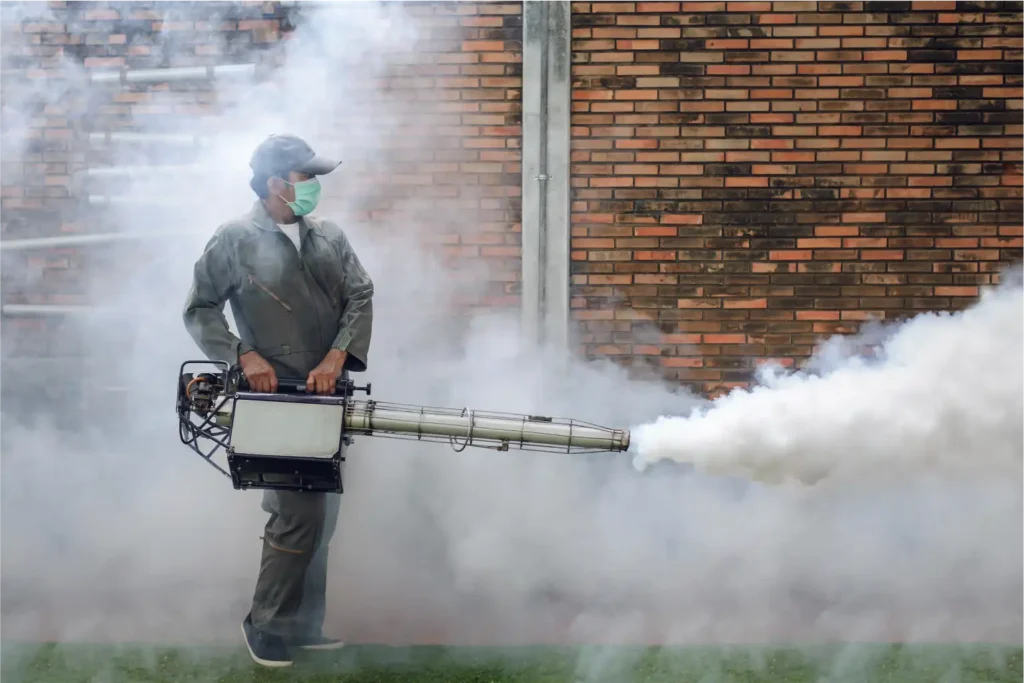
China chikungunya: Chinese authorities are ramping up efforts to contain the country’s largest-ever outbreak of chikungunya, a mosquito-borne viral disease that has infected more than 7,000 people, primarily in the southern city of Foshan, located roughly 170 kilometres (105 miles) from Hong Kong.
The virus, which causes fever, rash, and joint pain, is spread by infected mosquitoes and has never previously been established in mainland China, according to experts. “This suggests that most of the population had no pre-existing immunity, making it easier for the virus to spread quickly,” said Cesar Lopez-Camacho, a researcher at the University of Oxford.
Also Read | China deploys giant mosquitoes to combat record chikungunya outbreak
To contain the outbreak, authorities have deployed widespread vector control measures, including spraying insecticides across public areas and using drones to detect and eliminate standing water, prime mosquito breeding grounds. State-run television footage shows workers spraying around office buildings, construction zones, and residential neighbourhoods.
In addition, Chinese officials have implemented strict community enforcement measures. Residents who fail to remove stagnant water from outdoor containers may face fines of up to 10,000 yuan ($1,400) and even power shutoffs in some cases.
Authorities briefly enforced a two-week home quarantine at the start of the outbreak, but it was later lifted after health officials confirmed chikungunya is not transmissible from person to person. However, patients in Foshan are still being mandatorily hospitalised for at least one week following diagnosis.
China’s national health authorities have also convened emergency meetings and introduced unified outbreak response protocols, similar to those taken during past outbreaks such as SARS in 2003 and COVID-19.
The US State Department has issued a travel advisory urging American travellers to exercise caution when visiting China’s Guangdong province, as well as other regions currently affected by chikungunya, including Bolivia and select Indian Ocean island nations.
Experts believe that environmental factors are intensifying the crisis. Unseasonably heavy rainfall and high temperatures have created ideal conditions for mosquito breeding. In some areas, authorities have even deployed fish that eat mosquito larvae and introduced larger mosquito species that prey on the ones spreading the virus.








